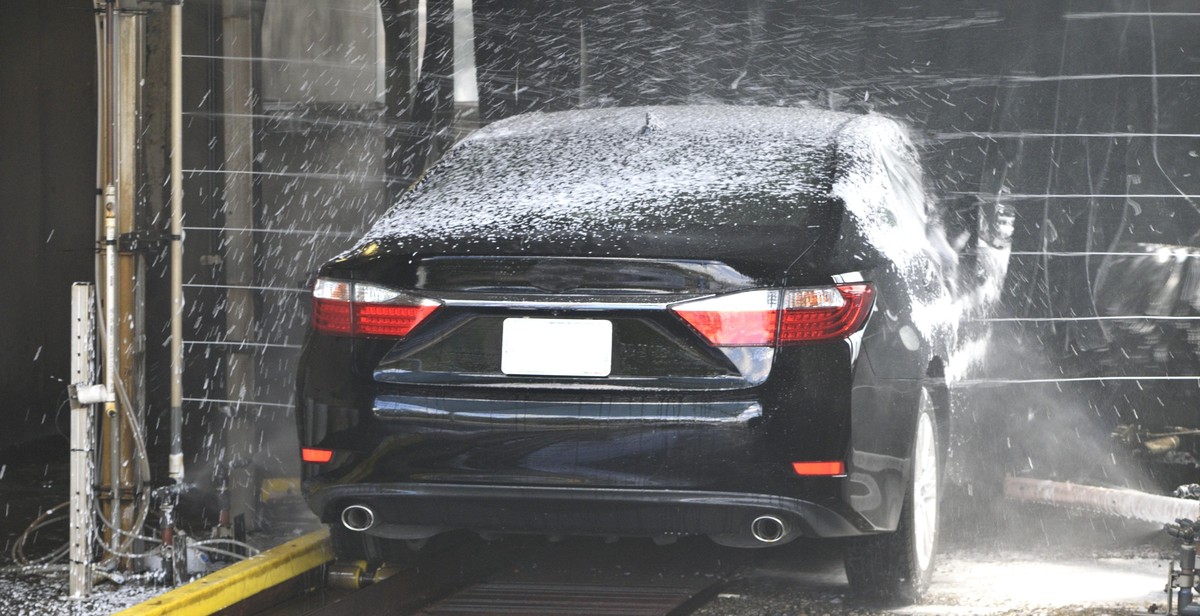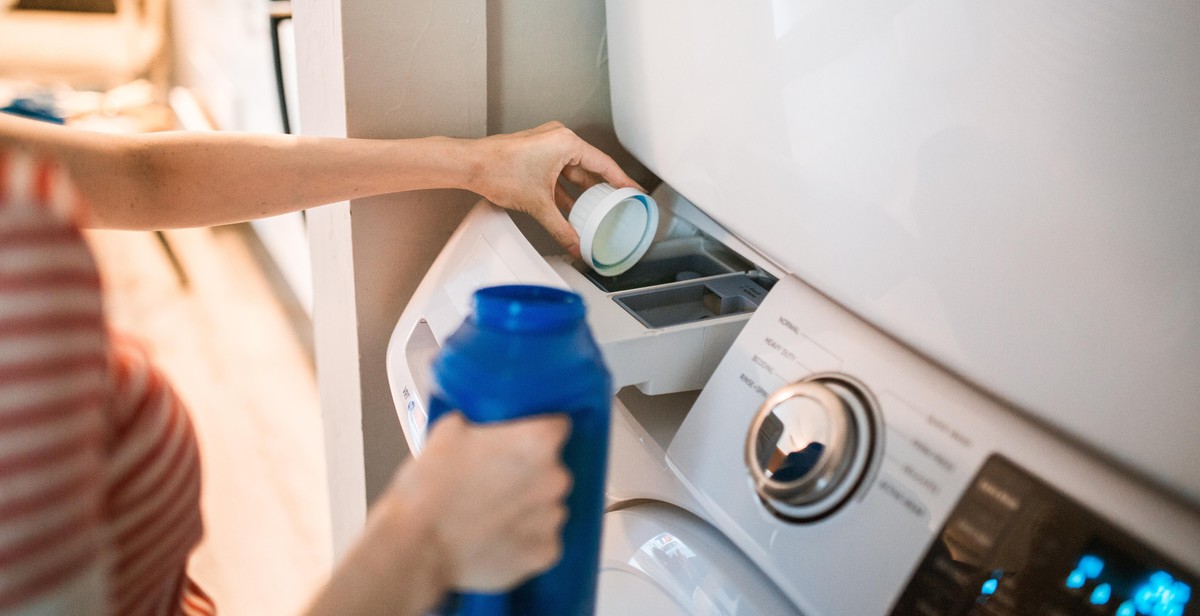Introduction
Laundry is a necessary chore that most of us do on a regular basis. However, it can also be one of the biggest energy consumers in our homes. From washing machines to dryers, the energy usage can quickly add up and lead to high electricity bills. In addition, using excessive energy can have a negative impact on the environment, contributing to greenhouse gas emissions and climate change.
Reducing energy usage when doing laundry is important not only for our wallets but also for the planet. By making small changes to our laundry routine, we can significantly decrease our energy consumption and save money in the long run. In this article, we will explore some tips and tricks to help you reduce your energy usage when doing laundry.
Why reducing energy usage is important for laundry
As mentioned earlier, laundry can be a major energy consumer in our homes. According to the U.S. Department of Energy, a typical household can spend up to $200 per year on laundry-related energy costs. This includes both washing and drying clothes. By reducing our energy usage, we can save money on our electricity bills and use that money for other things.
Furthermore, excessive energy usage can have a negative impact on the environment. The energy used to power our washing machines and dryers is often generated from non-renewable sources such as coal and natural gas. This produces greenhouse gas emissions that contribute to climate change. By reducing our energy usage, we can help to reduce our carbon footprint and protect the planet.

Choosing an Energy-Efficient Washing Machine
When it comes to reducing your energy usage while doing laundry, choosing an energy-efficient washing machine is a crucial step. There are two main types of washing machines to consider: front-loading and top-loading machines. Here’s what you need to know about each:
Front-loading Machines
Front-loading washing machines are typically more energy-efficient than top-loading machines. They use less water and detergent, and they spin faster to remove more water from clothes, reducing drying time. This means you’ll save money on both water and electricity bills. Plus, front-loading machines are gentler on clothes and can handle larger loads.
However, front-loading machines can be more expensive than top-loading machines. They also require more maintenance, as the rubber seal on the door can trap moisture and bacteria if not cleaned regularly.
Top-loading Machines
Top-loading washing machines are generally less expensive than front-loading machines, and they require less maintenance. They also have a shorter wash cycle and can be easier to load and unload clothes from.
However, top-loading machines use more water and energy than front-loading machines. They also have a slower spin cycle, which means clothes may come out wetter and require more time in the dryer.
Energy Star Ratings
No matter which type of washing machine you choose, look for models with an Energy Star rating. Energy Star is a program run by the U.S. Environmental Protection Agency that certifies appliances that meet certain energy-efficiency standards.
Energy Star washing machines use about 25% less energy and 33% less water than standard washing machines. They also have features like load sensing, which adjusts water levels based on the size of the load, and high-speed spin cycles to remove more water from clothes.
When shopping for an Energy Star washing machine, look for the yellow Energy Guide label, which shows the estimated annual energy and water usage, as well as the estimated annual operating cost.
| Front-loading machines | Top-loading machines |
|---|---|
| More energy-efficient | Less expensive |
| Use less water and detergent | Shorter wash cycle |
| Spin faster to remove more water from clothes | Easier to load and unload clothes from |
| Gentler on clothes and can handle larger loads | Use more water and energy |
| Require more maintenance | Slower spin cycle, clothes may come out wetter |
Overall, choosing an energy-efficient washing machine is a smart investment that can save you money on energy and water bills in the long run. Consider your budget, laundry needs, and energy efficiency when deciding between front-loading and top-loading machines, and look for models with an Energy Star rating.

Using Your Washing Machine Efficiently
Washing machines are an essential part of our daily lives, but they can also be significant energy consumers. By following these tips, you can reduce your energy usage and save money on your electricity bill.
Wash Full Loads
Washing full loads of laundry is the most efficient way to use your washing machine. Running the machine with a half-empty load wastes both water and energy. If you have a small load, consider using a smaller washing machine or waiting until you have enough clothes to wash a full load.
Use Cold Water
Using cold water instead of hot water can significantly reduce your energy consumption. Heating water uses a lot of energy, and most of the energy used in a washing machine is for heating water. Modern washing machines are designed to clean clothes effectively using cold water, so there is no need to use hot water for most loads. If you have heavily soiled clothes, consider using warm water instead of hot water.
Choose the Right Wash Cycle
Choosing the right wash cycle can also help you reduce your energy usage. Most modern washing machines have different wash cycles for different types of clothes, such as delicate, permanent press, and heavy-duty. Using the right wash cycle for your clothes can help you avoid wasting energy by running a longer cycle than necessary. For example, if you are washing lightly soiled clothes, use a quick wash cycle instead of a heavy-duty cycle.
- Choose the right wash cycle for your clothes to save energy.
- Use cold water instead of hot water to reduce energy consumption.
- Wash full loads of laundry to avoid wasting water and energy.
By following these simple tips, you can reduce your energy usage and save money on your electricity bill. Not only will you be helping the environment, but you will also be making your wallet happy.

Drying Your Clothes Efficiently
Drying clothes is one of the most energy-intensive tasks in the laundry process. Here are some tips on how to dry your clothes efficiently and reduce your energy usage:
Air-Drying Clothes
Air-drying clothes is the most energy-efficient way to dry them. It doesn’t require any electricity, and it’s free! All you need is a clothesline or a drying rack. Here are some tips for air-drying clothes:
- Hang your clothes outside on a clothesline to take advantage of the sun and wind.
- If you don’t have access to an outdoor space, use a drying rack indoors.
- Hang your clothes on hangers to prevent them from getting wrinkled.
- Make sure your clothes are evenly spaced out to allow air to circulate around them.
- Don’t hang your clothes in direct sunlight for too long, as this can cause colors to fade.
Using a Clothesline or Drying Rack
If you’re using a clothesline or drying rack, there are a few things you can do to make the process more efficient:
- Hang your clothes on the line or rack as soon as possible after washing them, so they don’t have time to wrinkle.
- Hang your clothes outside on a sunny, windy day to dry them faster.
- If you’re using a drying rack indoors, place it near a window or a fan to help circulate the air.
- Don’t overload your drying rack or clothesline, as this can prevent air from circulating around your clothes.
Using Your Dryer Efficiently
If you’re using a dryer, there are a few things you can do to make the process more efficient:
- Clean the lint filter before every use to improve air flow and reduce drying time.
- Don’t overload your dryer, as this can increase drying time and energy usage.
- Use the moisture sensor setting if your dryer has one, as this will automatically shut off the dryer when your clothes are dry.
- Dry similar fabrics together to reduce drying time.
- Remove your clothes from the dryer as soon as they’re dry to prevent them from wrinkling and reduce the need for ironing.
| Drying Method | Energy Usage |
|---|---|
| Air-Drying | 0 kWh |
| Drying Rack | 0 kWh |
| Clothesline | 0 kWh |
| Dryer | 3.3 kWh per load |
By following these tips, you can reduce your energy usage when drying your clothes and save money on your energy bill.

Other Tips for Reducing Energy Usage
Aside from the tips already mentioned, here are some additional ways you can reduce your energy usage when doing laundry:
Wash Clothes Less Frequently
One of the easiest ways to save energy when doing laundry is to simply wash your clothes less frequently. Unless your clothes are visibly dirty or have an unpleasant odor, they can usually be worn more than once before needing to be washed. By washing your clothes less frequently, you can significantly reduce the amount of energy used by your washing machine and dryer.
Maintain Your Washing Machine and Dryer
Another way to reduce energy usage when doing laundry is to properly maintain your washing machine and dryer. This includes cleaning the lint filter on your dryer regularly, as well as ensuring that the washing machine is not overloaded with clothes. Overloading can cause the machine to work harder and use more energy than necessary.
Use Natural Detergents
Using natural detergents can also help reduce your energy usage when doing laundry. These detergents are made with plant-based ingredients and do not contain harsh chemicals that can damage your clothing or washing machine. Additionally, natural detergents are often more concentrated than traditional detergents, meaning you can use less product per load and save money on laundry expenses.
By following these additional tips, you can further reduce your energy usage when doing laundry and save money on your energy bills.
